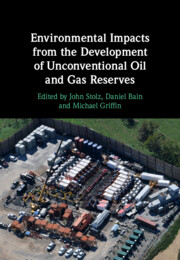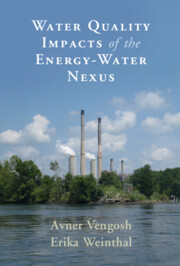Hydraulic fracturing generates large volumes of flowback and produced water, composed of complex mixtures of organic and inorganic constituents. The solids associated with these fluids are Fe-rich and can contain toxic organics, heavy metals and naturally occurring radioactive materials (NORMs). Despite this, only a few studies have analysed their composition and there is a lack of understanding about their interactions with microbial communities and their long-term fate in the environment. In this study, we analysed the solids associated with flowback water derived from a hydraulically fractured well in the Bowland Shale, UK. We also investigated the microbial reduction of these Fe(III)-rich materials under anaerobic conditions using anthraquinone-2.6-disulfonate (AQDS) as an electron shuttle and identified the resulting bioreduced mineral phases. XRD characterization indicated that the solids contained akaganeite (β-FeOOH, Cl) and Ba-bearing celestine (SrSO4). These Fe(III)-containing solids served as an electron acceptor for Shewanella frigidimarina and a flowback-derived Fe(III)-reducing enrichment culture. The bioreduced Fe(II)-bearing mineral phase was identified as ankerite [Ca(Fe,Mg,Mn)(CO3)2]; however, the presence of amorphous mineral phases is not ruled out. Microbial community composition was analysed using 16S rRNA gene sequencing. Amplicon sequence variants (ASVs) most closely related to Chromohalobacter, Caminicella and putative Fe(III)-reducing genera were dominant across treatments. Our findings highlight the potential of these Fe(III)-bearing sludges to be harnessed for the development of wastewater treatment strategies; for example, coupling the oxidation of toxic organics with Fe(III) reduction through either the introduction of microbial inocula or biostimulation of the native microbial communities. Furthermore, microbial processing can also be optimized to transform the Fe(III) sludges into denser materials, which are easier to handle and can immobilize toxic metals, thereby reducing the toxicity of this waste.

